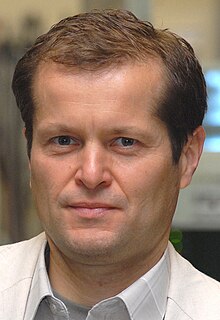An attosecond is a unit of time in the International System of Units (SI) equal to 10−18 or 1⁄1 000 000 000 000 000 000 of a second. An attosecond is to a second as a second is to about 31.71 billion years. The attosecond is a tiny unit but it has various potential applications: it can observe oscillating molecules, the chemical bonds formed by atoms in chemical reactions, and other extremely tiny and extremely fast things.

The Wolf Prize is an international award granted in Israel, that has been presented most years since 1978 to living scientists and artists for "achievements in the interest of mankind and friendly relations among people ... irrespective of nationality, race, colour, religion, sex or political views."

The Max Planck Society for the Advancement of Science is a formally independent non-governmental and non-profit association of German research institutes. Founded in 1911 as the Kaiser Wilhelm Society, it was renamed to the Max Planck Society in 1948 in honor of its former president, theoretical physicist Max Planck. The society is funded by the federal and state governments of Germany.
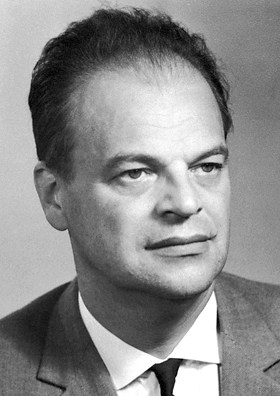
Nikolay Gennadiyevich Basov was a Russian Soviet physicist and educator. For his fundamental work in the field of quantum electronics that led to the development of laser and maser, Basov shared the 1964 Nobel Prize in Physics with Alexander Prokhorov and Charles Hard Townes.

Attosecond physics, also known as attophysics, or more generally attosecond science, is a branch of physics that deals with light-matter interaction phenomena wherein attosecond photon pulses are used to unravel dynamical processes in matter with unprecedented time resolution.
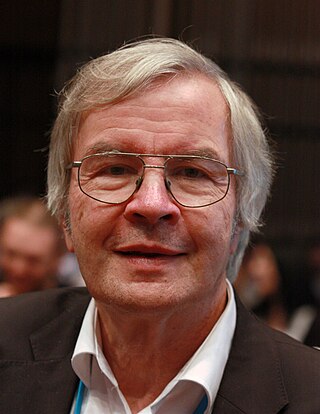
Theodor Wolfgang Hänsch is a German physicist. He received one-third of the 2005 Nobel Prize in Physics for "contributions to the development of laser-based precision spectroscopy, including the optical frequency comb technique", sharing the prize with John L. Hall and Roy J. Glauber.

The Gottfried Wilhelm Leibniz Prize, or Leibniz Prize, is awarded by the German Research Foundation to "exceptional scientists and academics for their outstanding achievements in the field of research". Since 1986, up to ten prizes have been awarded annually to individuals or research groups working at a research institution in Germany or at a German research institution abroad. It is considered the most important research award in Germany.

Juan Ignacio Cirac Sasturain, known professionally as Ignacio Cirac, is a Spanish physicist. He is one of the pioneers of the field of quantum computing and quantum information theory. He is the recipient of the 2006 Prince of Asturias Award in technical and scientific research.

This article discusses women who have made an important contribution to the field of physics.

Stefan Walter Hell is a Romanian-German physicist and one of the directors of the Max Planck Institute for Multidisciplinary Sciences in Göttingen, and of the Max Planck Institute for Medical Research in Heidelberg, both of which are in Germany. He received the Nobel Prize in Chemistry in 2014 "for the development of super-resolved fluorescence microscopy", together with Eric Betzig and William Moerner.

Reinhard Genzel is a German astrophysicist, co-director of the Max Planck Institute for Extraterrestrial Physics, a professor at LMU and an emeritus professor at the University of California, Berkeley. He was awarded the 2020 Nobel Prize in Physics "for the discovery of a supermassive compact object at the centre of our galaxy", which he shared with Andrea Ghez and Roger Penrose. In a 2021 interview given to Federal University of Pará in Brazil, Genzel recalls his journey as a physicist; the influence of his father, Ludwig Genzel; his experiences working with Charles H. Townes; and more.

The Max-Planck-Institute of Quantum Optics is a part of the Max Planck Society which operates 87 research facilities in Germany.
Paul Bruce Corkum is a Canadian physicist specializing in attosecond physics and laser science. He holds a joint University of Ottawa–NRC chair in attosecond photonics. He also holds academic positions at Texas A&M University and the University of New Mexico. Corkum is both a theorist and an experimentalist.
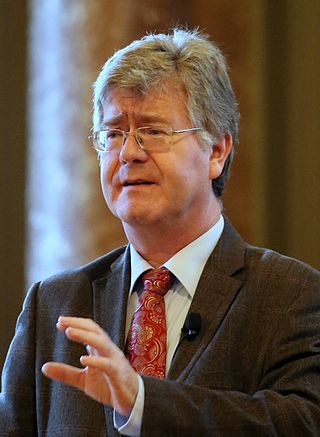
Wolfgang P. Schleich is professor of theoretical physics and director of the quantum physics department at the University of Ulm.

Anne Geneviève L'Huillier is a French physicist, and professor of atomic physics at Lund University in Sweden.

Donna Theo Strickland is a Canadian optical physicist and pioneer in the field of pulsed lasers. She was awarded the Nobel Prize in Physics in 2018, together with Gérard Mourou, for the practical implementation of chirped pulse amplification. She is a professor at the University of Waterloo in Ontario, Canada.

Mohammed Tharwat Hassan Arabic: محمد ثروت حسن is a professor of physics and optical sciences at the University of Arizona in the United States.
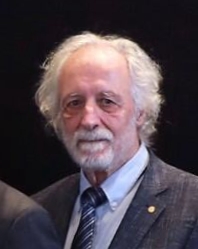
Pierre Agostini is a French experimental physicist and Emeritus professor at the Ohio State University in the United States, known for his pioneering work in strong-field laser physics and attosecond science. He is especially known for the observation of above-threshold ionization and the invention of the reconstruction of attosecond beating by interference of two-photon transitions (RABBITT) technique for characterization of attosecond light pulses. He was jointly awarded the 2023 Nobel Prize in Physics.

Randy Alan Bartels is an American investigator at the Morgridge Institute for Research and a professor of Biomedical Engineering at the University of Wisconsin–Madison. He has been awarded the Adolph Lomb Medal from the Optical Society of America, a National Science Foundation CAREER award, a Sloan Research Fellowship in physics, an Office of Naval Research Young Investigator Award, a Beckman Young Investigator Award, and a Presidential Early Career Award for Science and Engineering (PECASE). In 2020 and 2022, he received support from the Chan Zuckerberg Initiative to develop microscope technologies for imaging tissues and cells.
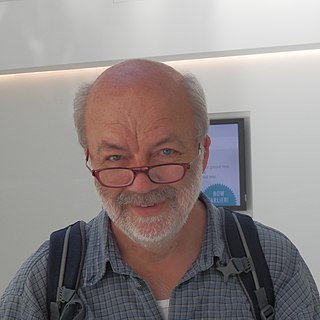
Gerhard "Gerd" Leuchs is a German experimental physicist in optics. He is the Director Emeritus at the Max Planck Institute for the Science of Light and an adjunct professor in the physics department at the University of Ottawa. From 1994-2019 he was a full professor of physics and since 2019 has been a senior professor at Friedrich-Alexander University Erlangen-Nürnberg (FAU).
